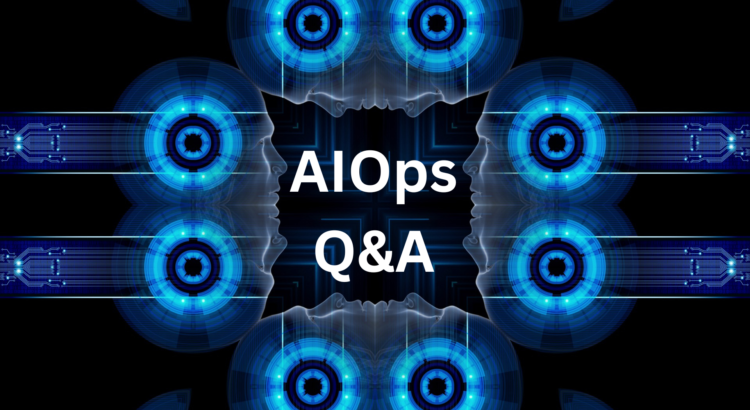Moving well beyond “fix it when it breaks,” AIOps introduces intelligence into the fabric of IT thinking and processes. The impact of AIOps and the shift in IT practices were the focus of a recent SNIA Cloud Storage Technologies Initiative (CSTI) webinar, “AIOps: Reactive to Proactive – Revolutionizing the IT Mindset.” If you missed the live session, it’s available on-demand together with the presentation slides, at the SNIA Educational Library.
The audience asked several intriguing questions. Here are answers to them all:
Q. How do you align your AIOps objectives with your company’s overall AI usage policy when it is still fairly restrictive in terms of AI use and acceptance?
A.There are a lot of misconceptions on company policies and also what constitutes AI and the actual risk. So, there are several steps you can take:
- Understand the policy and intent
- Focus on low risk and high value use cases, for example, data used in IT management is often low risk and high value – e.g. metrics, or number of incidents or events
- Start with a well-controlled and small environment and show value
- Be transparent and demonstrate transparency. Even put human in the loop for a while.
- Maintain data governance – responsible data handling.
- Use industry’s best practices.
Q. What are the best AIOps tools in the market?
A. There are many tools that claim to be an AIOps tool. But as the webinar shows, there is no single good tool and there will never be one best tool. It depends on what problem you are trying to solve.
- Step 1: Identify the areas of the software development life cycle (SDLC) that you are focused on
- Step 2: Identify the problem areas
- Step 3: identify the tools that can help catch the problems earlier and solve them
Q. What kind of coding and tool experience is needed for AIOps?
A. Different parts of the lifecycle require different levels of experience with coding or tools. Many don’t need any coding experience. However, a number of them require a thorough understanding of processes and best practices in software development or IT management to use them effectively.
Q. How can a DevOps engineer upskill to AIOps?
A. It is very easy for a DevOps engineer to upskill to use AIOps tools. A lot of these capabilities are available as open source. It is best to start experimenting with open-source tools and see their value. Second, focus on a smaller section of the problem (looking at the lifecycle) and then identify the tools that solve that problem. Free tiers, open-source tools, and even manual scripts help upskill without buying these tools. A lot of on-line course sites like Udemy are now offering AIOps classes as well.
Q. What are examples of existing AI cloud cost optimization tools?
There are 2 types of cloud cost optimization tools
- ITOps tools – automate actions to optimize cost
- FinOps tools – analyze and recommend actions to optimize cost.
The analysis tools are good at identifying issues but fall short of actually providing value unless you manually take action. The tools that automate provide value immediately but need greater buy in from the organization to allow a tool to take action.
Some optimization tools available: Turbonomic from IBM, others are from Flexera, Apptio, Densify, AWS cost explorer, Azure Cost Management + Billing, some are built into the cloud providers.
Q. Can you please explain runbooks further?
A.Runbooks are a sequence of actions often coded as scripts that are used to automate the action or remediation in response to a problem or incident. These are pre-defined procedures. Usually, they are built out of a set of manual actions an operator takes and then codifies in the form of a procedure and then code.
